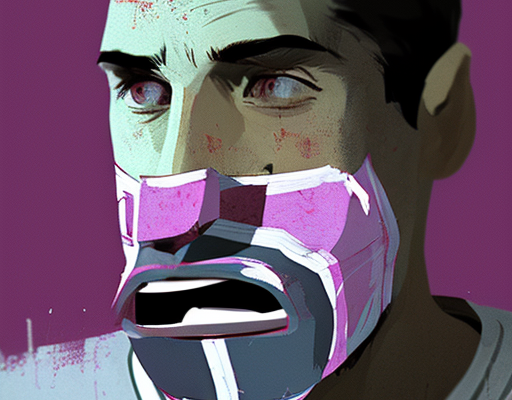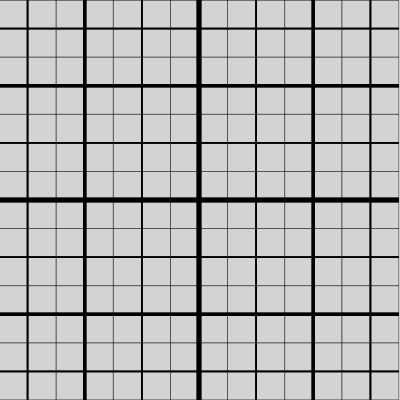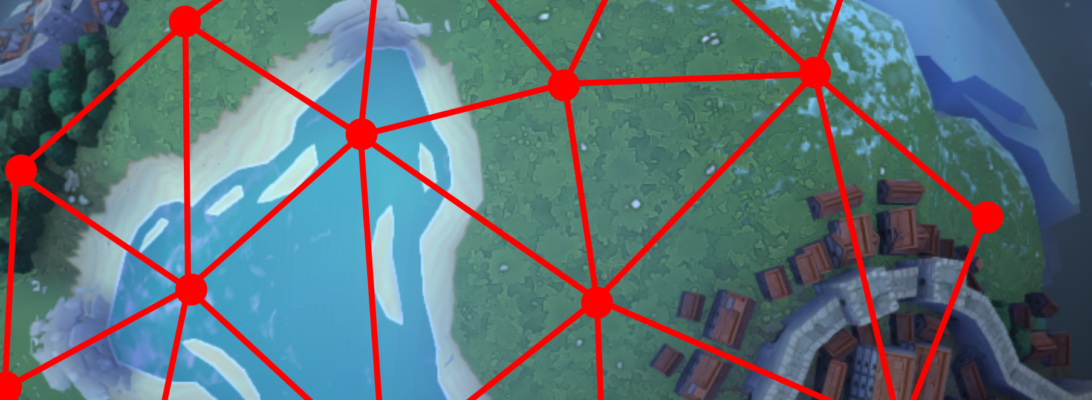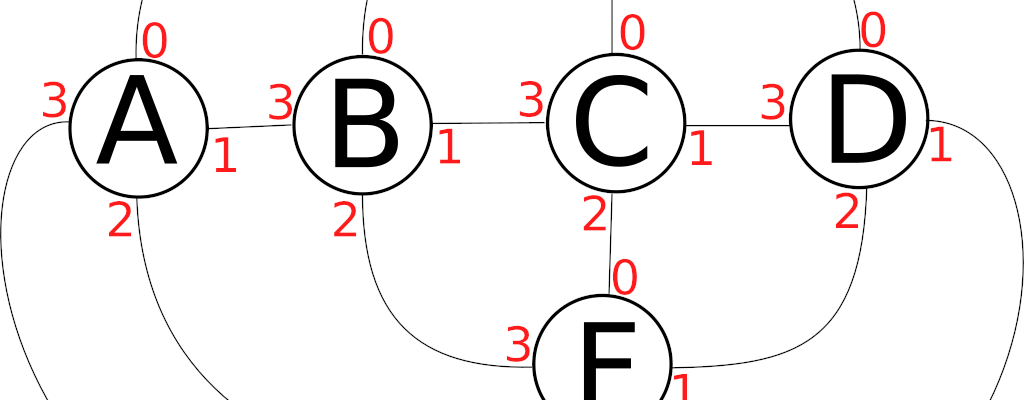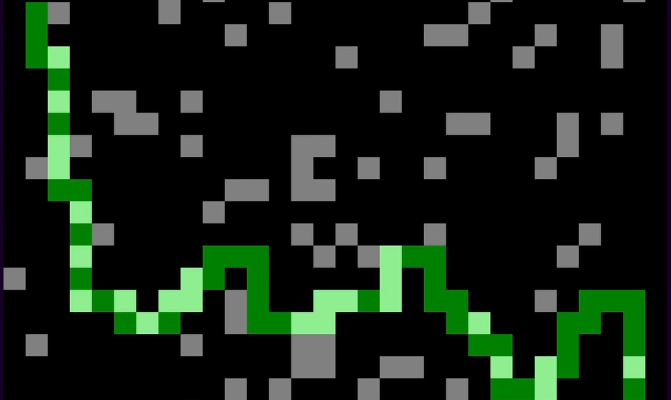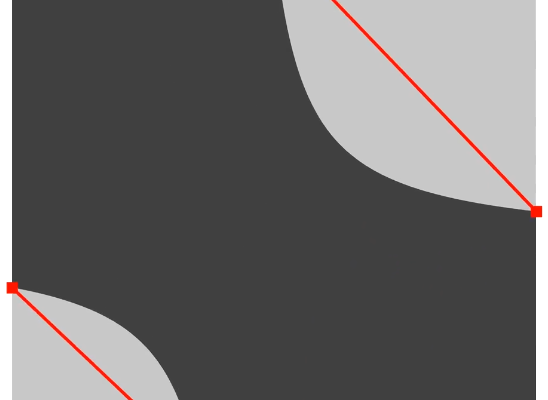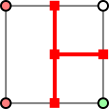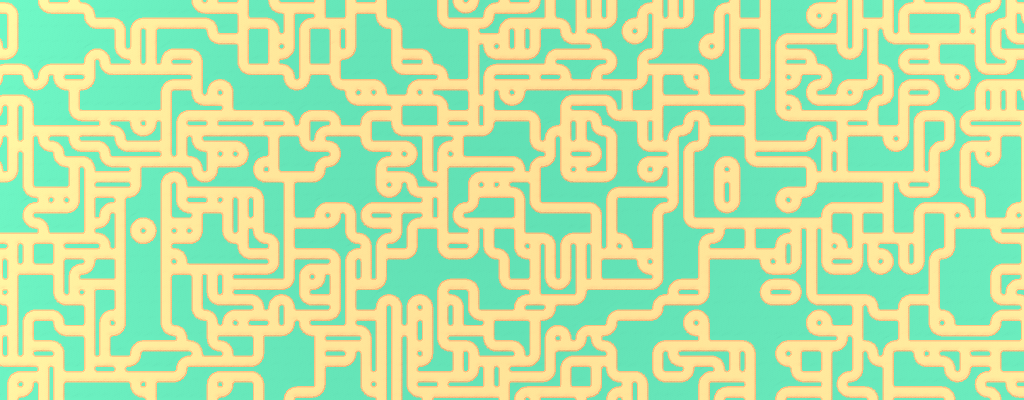I was discussing how AI text generation, such as ChatGPT, might end up getting used in computer games. So far, designers are fairly reluctant to adopt the technology. One of the key problems is that you just can’t control the output enough. Language models will break character or respond in inappropriate and toxic ways. Finding a good solution to this is a huge research field, and not likely to get cracked soon.
For the foreseeable future, AI in games is much more likely to be used offline – assets and dialog generation generated up front, so it can be vetted before being integrated into the game.
But it got me thinking, can we vet the AI’s output in advance, but still get the benefits of intelligent decision making at runtime? It turns out, we can! I doubt it’ll be useful in every circumstance, but I can certainly see uses for it, like chatbots, games.
The code and demonstration for this article is available here.
Continue reading